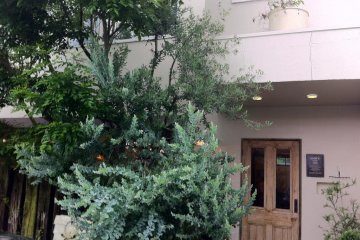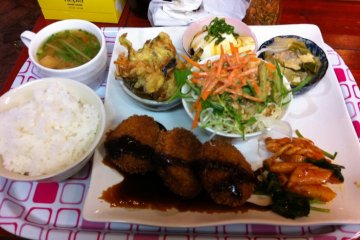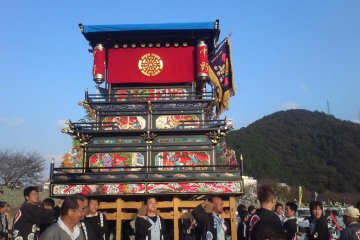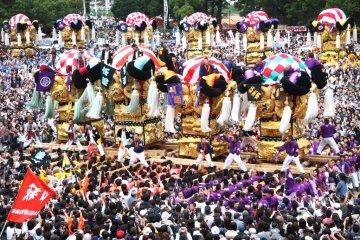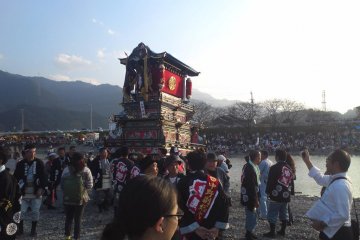The Saijo and Niihama festivals in the Toyo area of Ehime are held in the middle October to give thanks for an abundant autumn harvest. Both are beautiful and exiting festivals, with parades of portable shrines and drum wagons.
The Saijo Festival
The Saijo Festival is held at the Kamo, Ishioka, Isono and Iizumi shrines.
The festival's origins are uncertain but date back to at least 1757 — Isono Shrine owns a scroll depicting the Saijo Festival as it was held during the Edo period. In modern times, the Saijo Festival features more than 120 danjiri, a kind of festival juggernaut, mikoshi portable shrines, and taikodai drum wagons.

The festival involves pushing these immensely heavy structures through the streets of the city, gathering here and there for displays called kakikurabe, which translates roughly as ‘comparing who can trolley about with the most glory and bravado’. They’re also hoisted into the air by more than one hundred men, who struggle and grunt under the four huge poles that support the danjiri. Much beer and sake are consumed to keep everybody in tip-top kakikurabe condition.
The climax of the festival is the kawairi or getting into the river. The mikoshi gather on the banks of the Kamo River after completing their perambulations in Saijo city, and they seek to cross the river to enter the shrine on the other side, in a procedure called miyairi. Sorry to be parted from their companions, the danjiri teams try to prevent them, but eventually the mikoshi cross the river somehow, and the beautiful and powerful spectacle of the Saijo Festival comes to an end.
Access: JR Matsuyama Station to JR Iyo Saijo Station (about 1 hour). JR Iyo Saijo Station to Kamo River (about 30 min on foot).
The Niihama Drum Festival
The Niihama Drum Festival is held over six areas in Niihama city. Niihama takes pride in a festival which is counted as one of the three biggest festivals in Shikoku, along with the Awa Odori in Tokushima and the Yosakoi Festival in Kochi.
It’s also called otoko matsuri or Men’s Festival, because it’s a very masculine affair, with taikodai drum wagons that are hauled around by local men who go by the name of kakifu for the duration of the festival. These massive taikodai are decorated with silver and gold thread and colorful curtains. Each weighs about three tons, and it takes around 150 brawny kakifu to move them.

During the festival, a mass of spectators from all over Japan gather in this city, along with the type of men who don’t return to their family homes even on New Year’s Day. At this time it’s impossible to ignore the festival with the sound of drums beating all day.
According to the traditions of this area, the event originated as obeisance to the gods for an abundant autumn harvest in the Heian or Kamakura period some 800 years ago.
In the early Meiji period, the taikodai were only about three meters high, which is the same size as the ones that children carry now. But things escalated, and the cost of building the taikodai has been increasing year by year in step with the development of local industry. This has resulted in today’s gorgeous flamboyance and size.
The taikodai are blessed in shrines and then paraded around the city. Where several of them gather, there are displays called kakikurabe. Sometimes the teams of taikodai bearers start fights where they smash their juggernauts together until they’re just a mess of shards and ripped brocade.
Every other year, the festival takes to the water, with a parade of taikodai on barges in the sea. This is called funamiyuki, and it represents a prayer for a good haul of fish.
Access: JR Matsuyama Station to JR Niihama Station (about 1 hour 10 minutes) then shuttle bus to the various venues.




